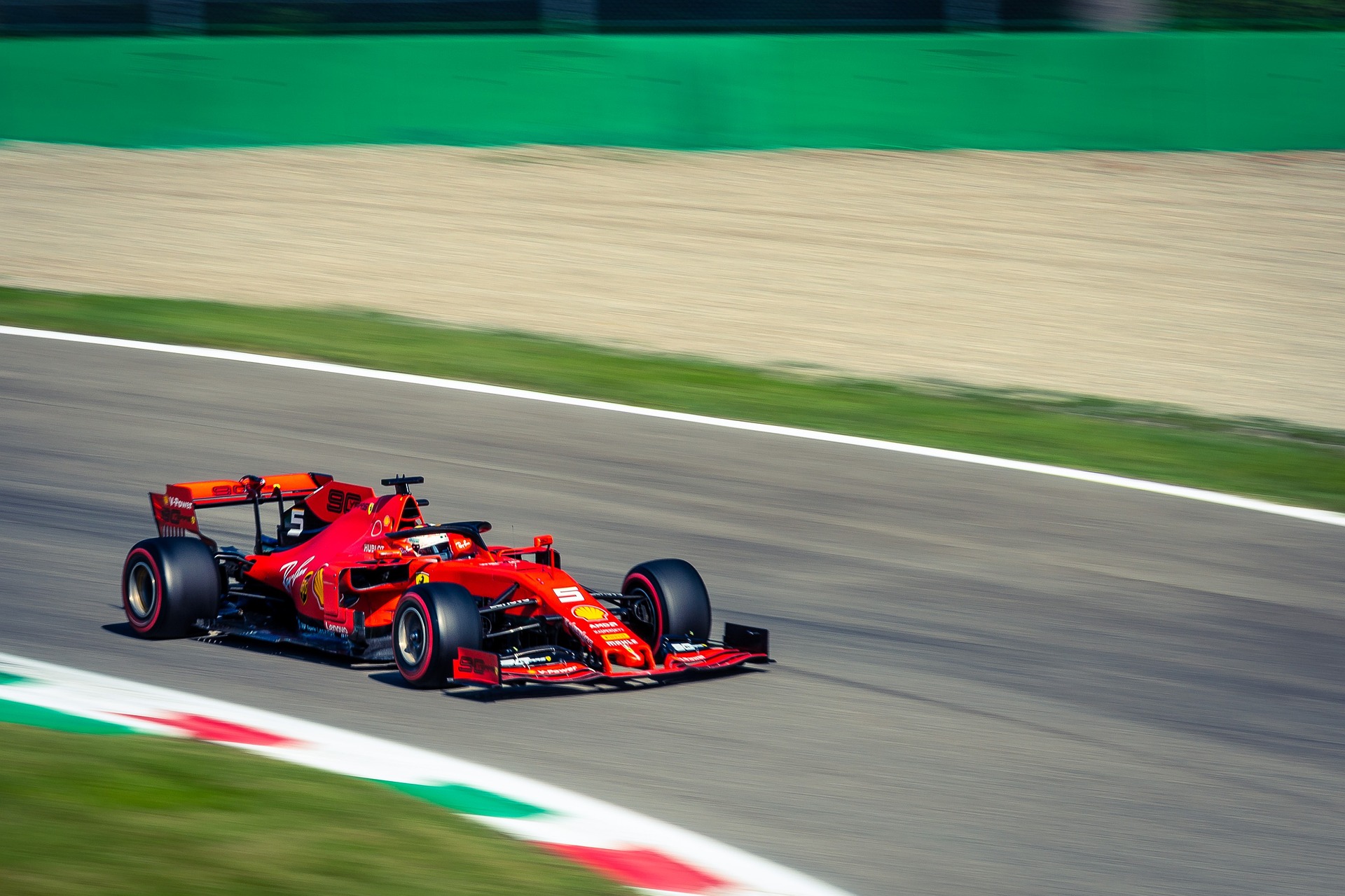Transcending Turbo: Inside the World of Twincharging
A thrilling merge of turbocharging and supercharging, twincharging is redefining performance on the automotive stage. This novel technology, though not entirely new, is reconsidering the way we understand engine efficiencies and power output. Twincharging is not a recent innovation. Its roots trace back to the 1980s when Lancia, a renowned Italian automaker, introduced the Lancia Delta S4. This vehicle, equipped with both a supercharger and a turbocharger, was a technological marvel in its era. However, the complex and costly nature of the technology, coupled with the era's comparatively primitive engine management systems, led to its eclipse by simpler turbocharging systems.

Yet, the concept never fully disappeared. As automotive technology evolved, so did the feasibility of twincharging. Modern computing capabilities and advancements in materials science have made this technology more accessible, efficient, and reliable than ever before.
Understanding Twincharging
Twincharging aims to combine the best aspects of turbocharging and supercharging. Turbochargers, powered by exhaust gases, offer significant power boosts but suffer from turbo lag at lower engine speeds. In comparison, superchargers, driven directly by the engine, deliver immediate power but can strain the engine at higher speeds.
Twincharging systems harmonize these two technologies. A supercharger provides immediate power at lower engine speeds while a turbocharger kicks in at higher speeds. This synergy ensures a consistent power delivery across the engine’s speed range, creating an exhilarating driving experience.
Current Applications and Future Potential
While still not commonplace, twincharged engines are increasingly finding their way into production cars. The Volkswagen TSI engine, used in models like the Polo GTI and Golf GTE, is a prime example of this technology’s current application.
The potential of twincharging extends far beyond performance cars. By allowing smaller engines to deliver more power and efficiency, twincharging could play a significant role in down-sizing trends in the auto industry. Smaller engines mean lighter vehicles and less fuel consumption, contributing to the industry’s green initiatives without sacrificing performance.
Impacts and Challenges
Twincharging’s benefits are undeniable, but the technology is not without its challenges. The system’s complexity can lead to higher production costs and potential reliability issues. More components mean more potential points of failure, and maintaining these advanced engines could be costly.
However, as with many new technologies, these issues may lessen as twincharging becomes more mainstream. With continuous research and development, the auto industry might well overcome these obstacles, making twincharging a standard feature in the vehicles of the future.
In conclusion, twincharging represents a fascinating fusion of technology and performance. While it faces certain hurdles, the benefits it offers in power, efficiency, and driving excitement make it a worthy contender in the ever-evolving automotive arena. As technology advances, we may see more of these twincharged marvels on our roads, striking a balance between performance and efficiency, speed and sustainability.




